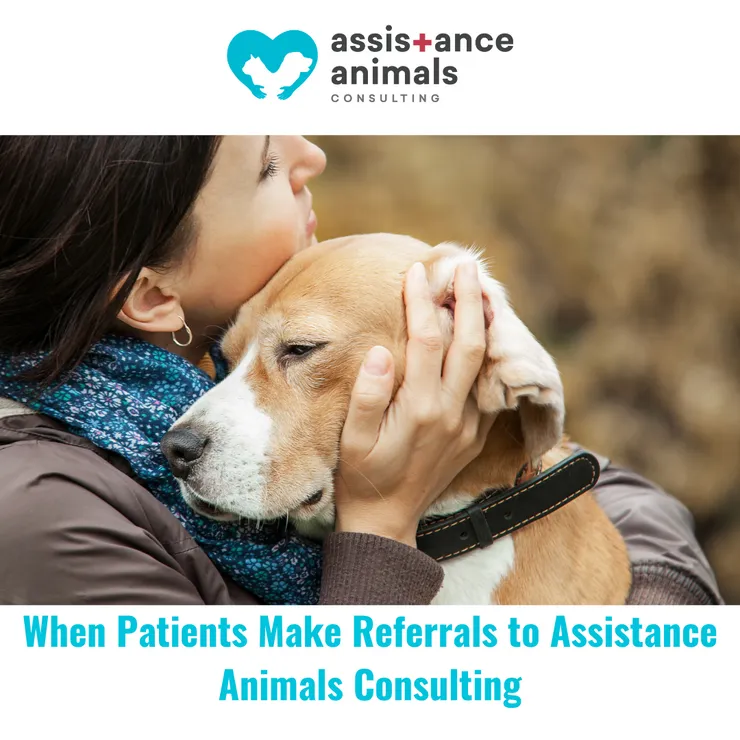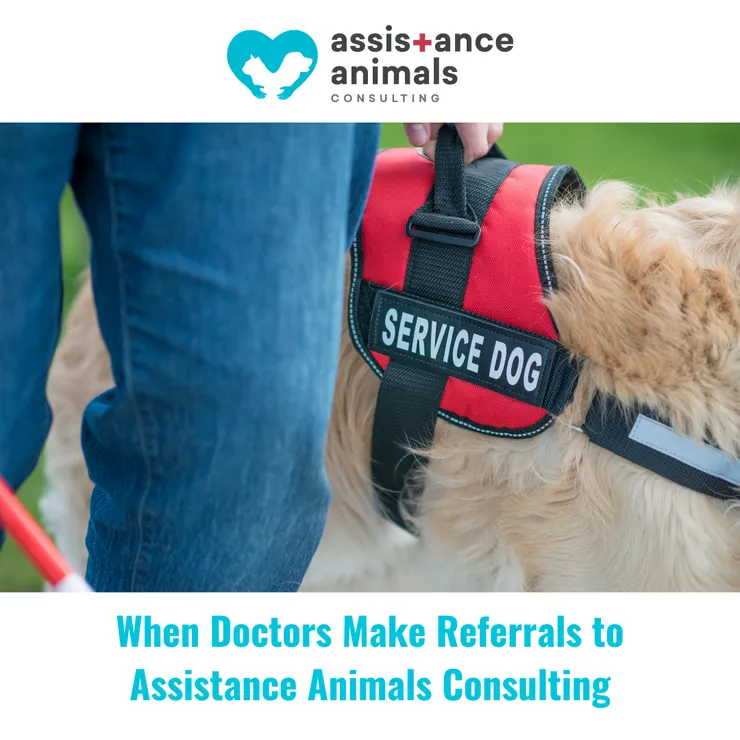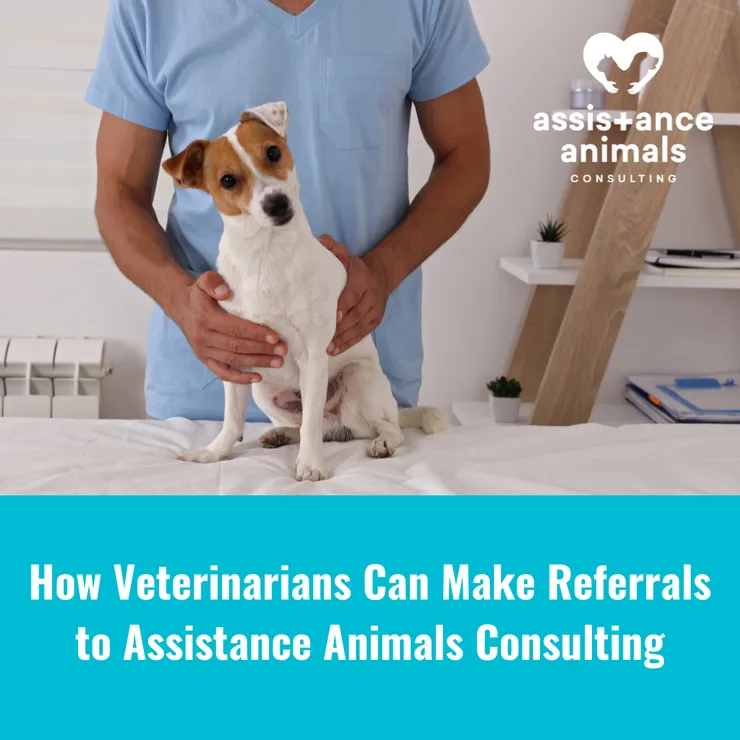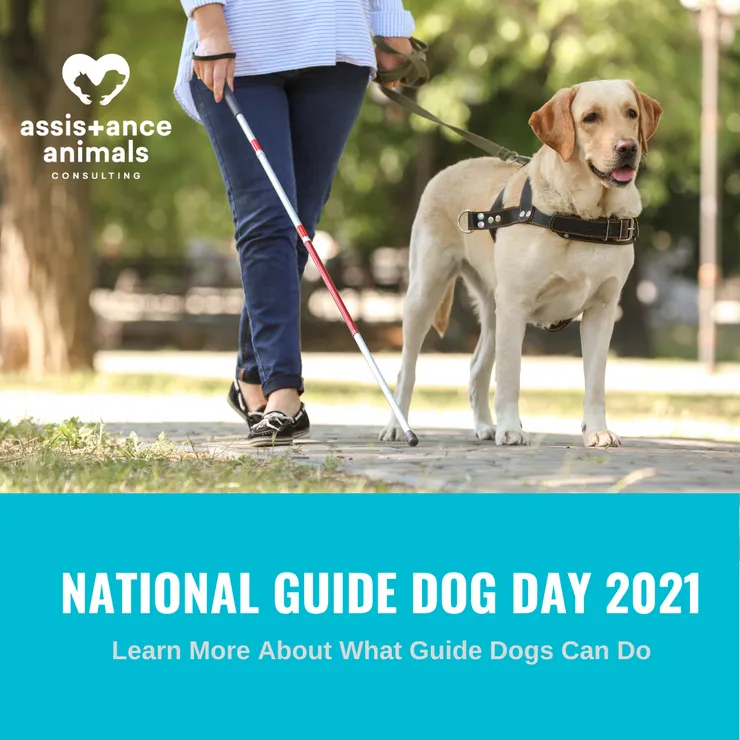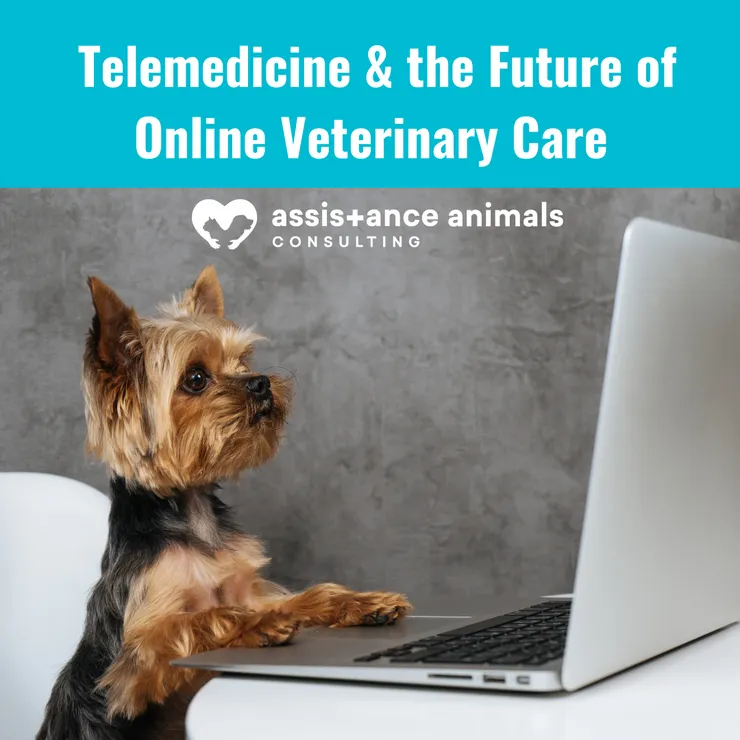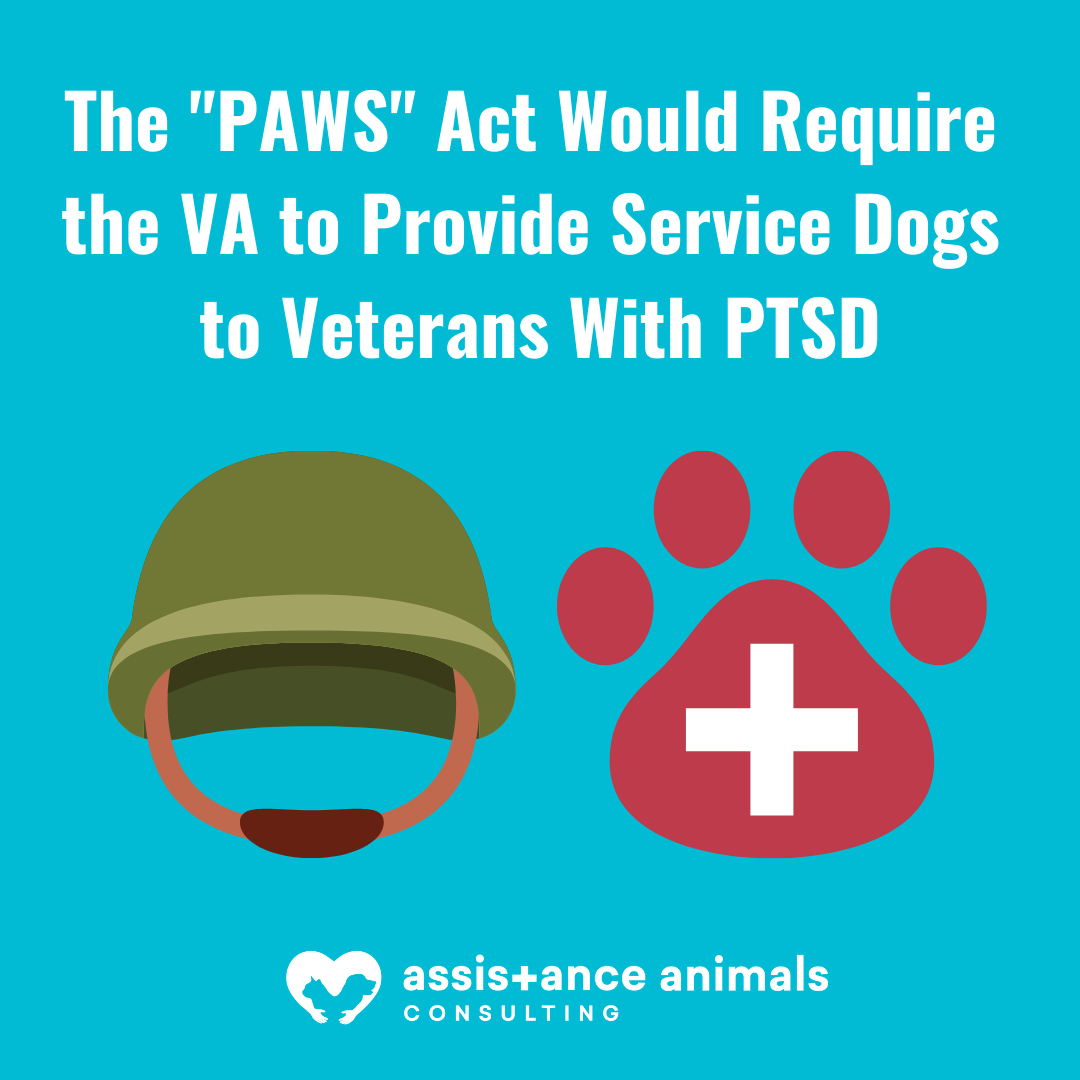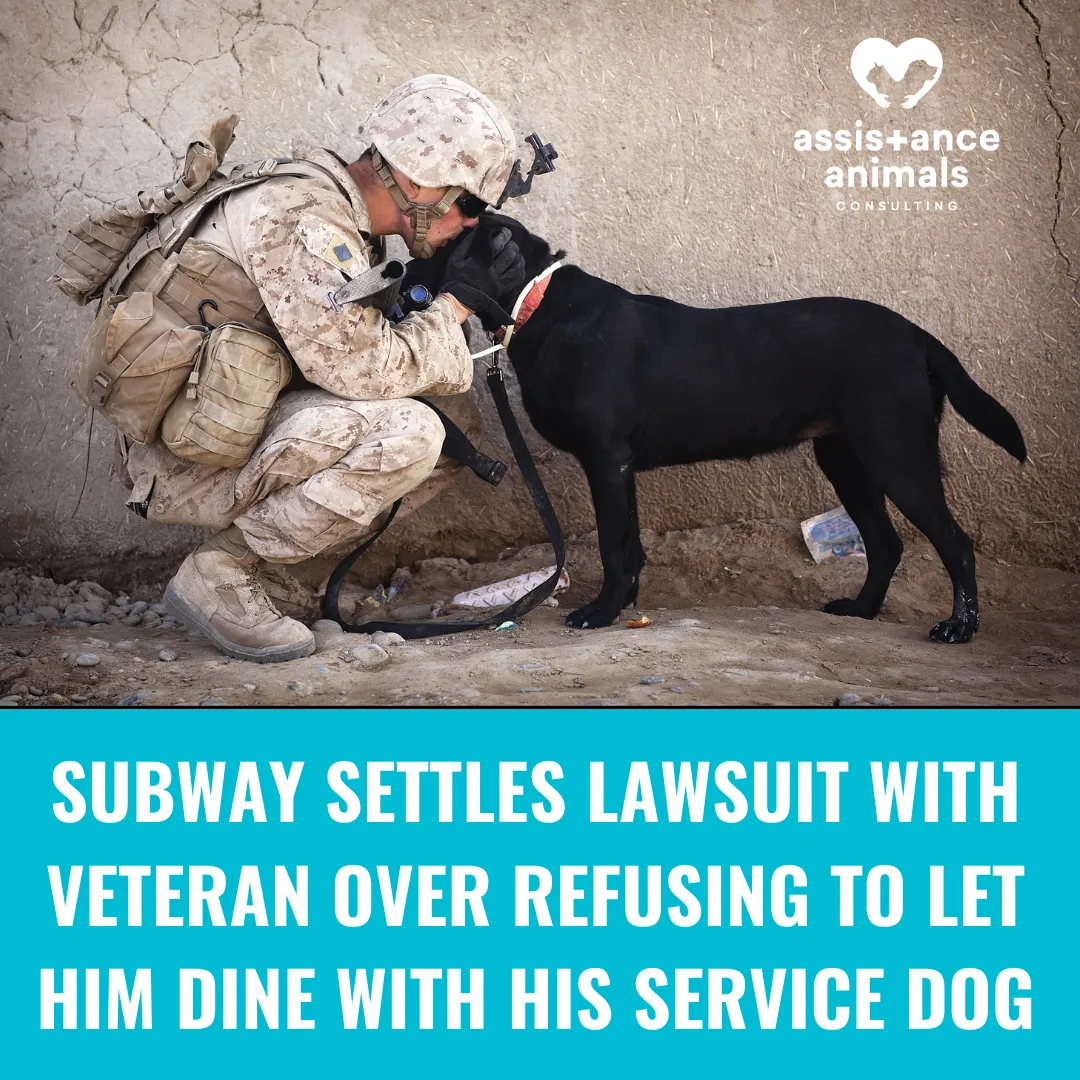PROTECT YOUR PET'S HEALTH WITH A DENTAL CARE ROUTINE
PROTECT YOUR PET'S HEALTH WITH A DENTAL CARE ROUTINE
Dental care is as important to pets as it is to us. Dental disease and conditions can impact your pet's overall health. Dental disease is a painful condition that occurs when bacteria, tarter, and plaque build up on teeth and get trapped beneath the gumline. In addition to causing issues like bad breath, this trapped bacteria can eventually be absorbed into the bloodstream and impact other major organs throughout the body. With this in mind, here are some facts you need to know to support your pet's oral health with a good dental care routine.
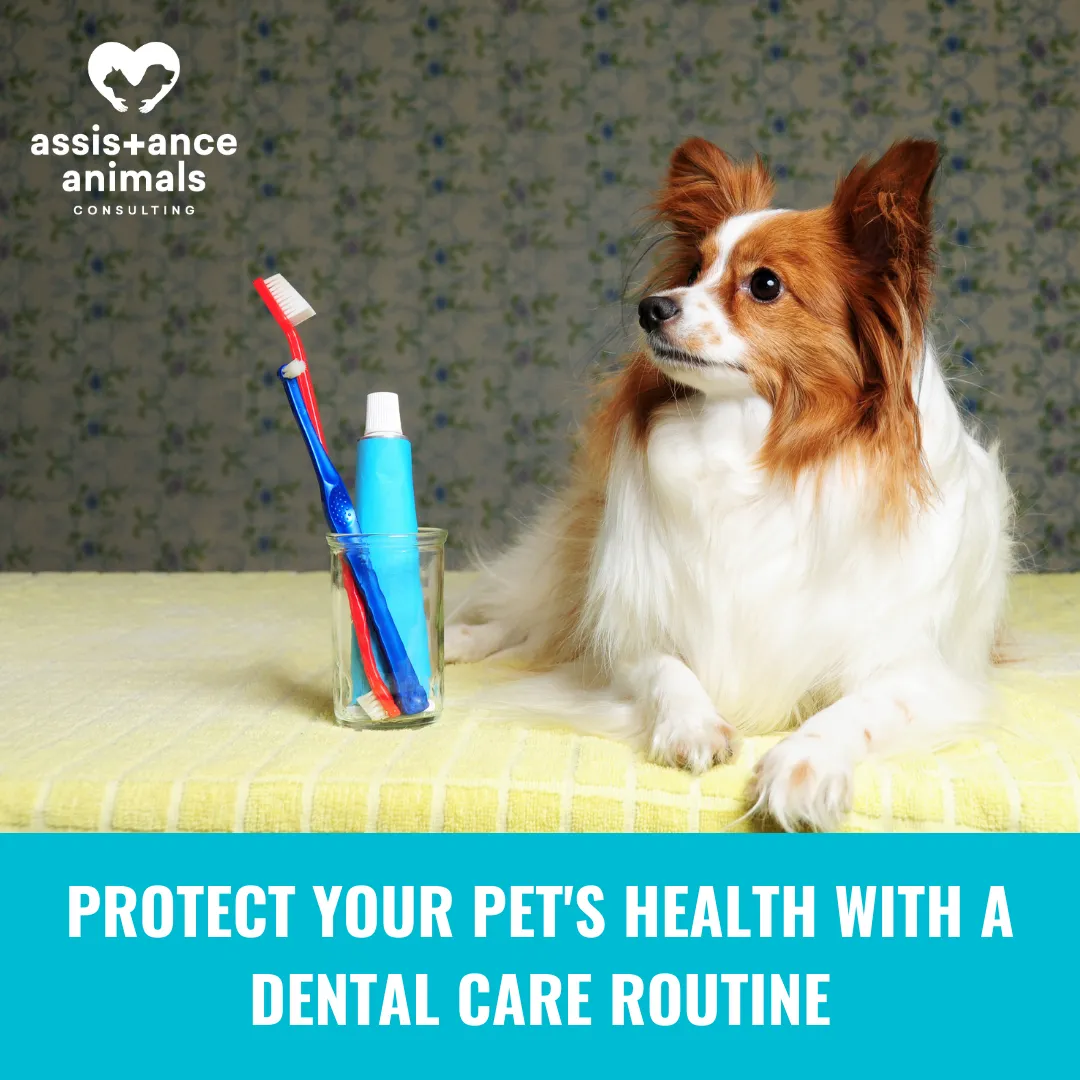
7 Facts You Need to Know About Dental Care for Pets
1. Dental disease can begin early in pets.
By the age of the three, most dogs and cats have some degree of dental disease. The early signs to
look out for include bad breath, yellow tartar buildup on the teeth, and red or swollen gums.
2. Dental disease can cause chronic pain in pets.
When dental disease goes undiscovered for a long time, after years of tartar, plaque, and bacteria
buildup have caused infection, inflammation, and diseased teeth, your pet may have experienced
chronic pain. Animals are good at hiding signs of pain though, so the pain may go unnoticed by
you. Instead, you may see that your pet is increasingly irritable and lethargic and has a decreased
appetite. These changes are often attributed to your pet’s advancing age or other lifestyle factors,
when in reality an underlying condition may be the real culprit including the possibility of advanced
dental disease.
3. X-rays are essential for helping to diagnose dental disease in pets.
After examining dental radiographs (X-rays) of cats and dogs with teeth that appeared normal to
the naked eye, veterinarians found 27.8% of dogs and 41.7% of cats had diseased teeth. In pets with
abnormal-looking teeth, veterinarians found additional diseased teeth in 50% of dogs and 53% of
cats. So, even if teeth don't look obviously unhealthy on the surface, dental disease may be lurking
underneath.
4. Anesthesia makes dental evaluation and treatment safer and less stressful for your pet.
Anesthesia is safer than you may think. Your pet will be carefully screened before administering any
anesthesia to ensure it is right for them. During your pet’s dental procedure, veterinarians and
technicians utilize sharp, sterilized instruments for dental cleaning. Most animals don’t like to hold still
while X-rays are taken or while sharp instruments are used to clean their teeth. Placing your pet
under anesthesia during the procedure allows your veterinarian to make a more accurate diagnosis
and decreases the chance of complications that can arise due to the animal moving.
5. Removing plaque from teeth beneath the gumline is essential.
It’s even more important than scaling the portion of the teeth we can see. Bacteria thrive under the
gumline, causing infections deep in the tooth root and jaw that can spread throughout the body
and affect other organs, such as the heart and kidneys.
6. Homecare is an essential part of taking care of your pet’s oral health.
Brushing your cat or dog’s teeth every day will promote good oral health and prevent potentially
expensive surgeries down the road. It’s easier than you think: There are even special pet
toothpastes flavored like beef, chicken, fish, and peanut butter. (Note: Never use human toothpaste,
which can contain ingredients like xylitol that are toxic to animals.) Also, the accumulation of plaque
and tartar can be prevented by feeding your pet a special dental diet—food that’s specifically
designed to help preserve oral health. There are also some treats that are specifically designed to
help remove unwanted plague from teeth.
7. All pet dental products are not created equally.
If you aren’t able to brush your pet’s teeth as often as you’d like, consider using other dental
products designed to help maintain your pet’s oral hygiene. Be sure to look for products approved
by the Veterinary Oral Health Council (VOHC).
In general it is very important for pet owners to consider all aspects of their pet's health. Dental care is an essential aspect to consider. You want to create a good routine for dental care at home and work with your veterinarian to establish preventative care like cleanings and x-rays during their checkups to prevent dental disease.
Additional Resources for Veterinarians Treating Dental Disease in Pets:
For veterinary teams, the AAHA created Dental Care Guidelines for Dogs and Cats you can use as a reference to provide the best possible dental care for your patients.
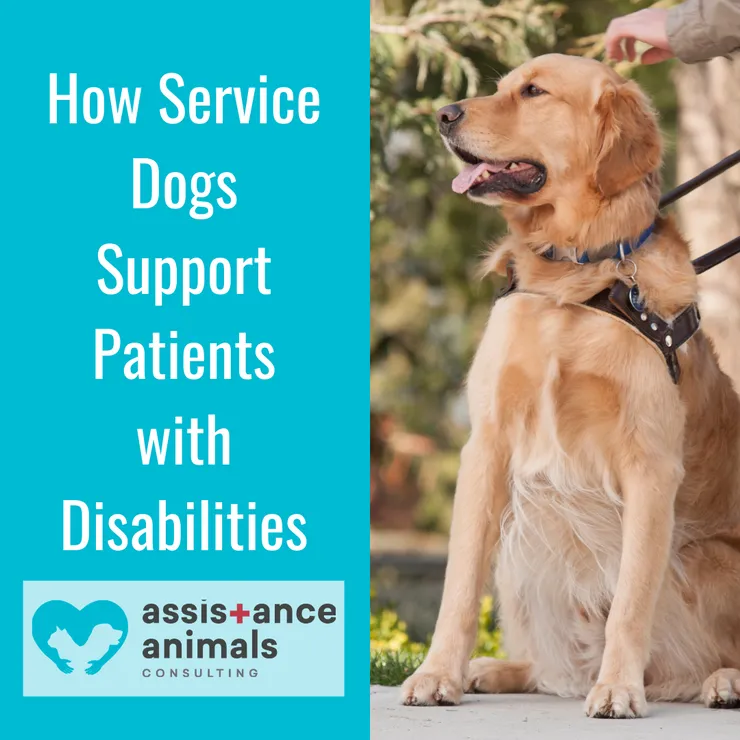
Assistance Animals Consulting
is based in Phoenix, AZ
We're specialized in care for service animals, emotional support animals and pet therapy programs.
SERVICES & SUPPORT
LEARN MORE
© by Assistance Animals Consulting

